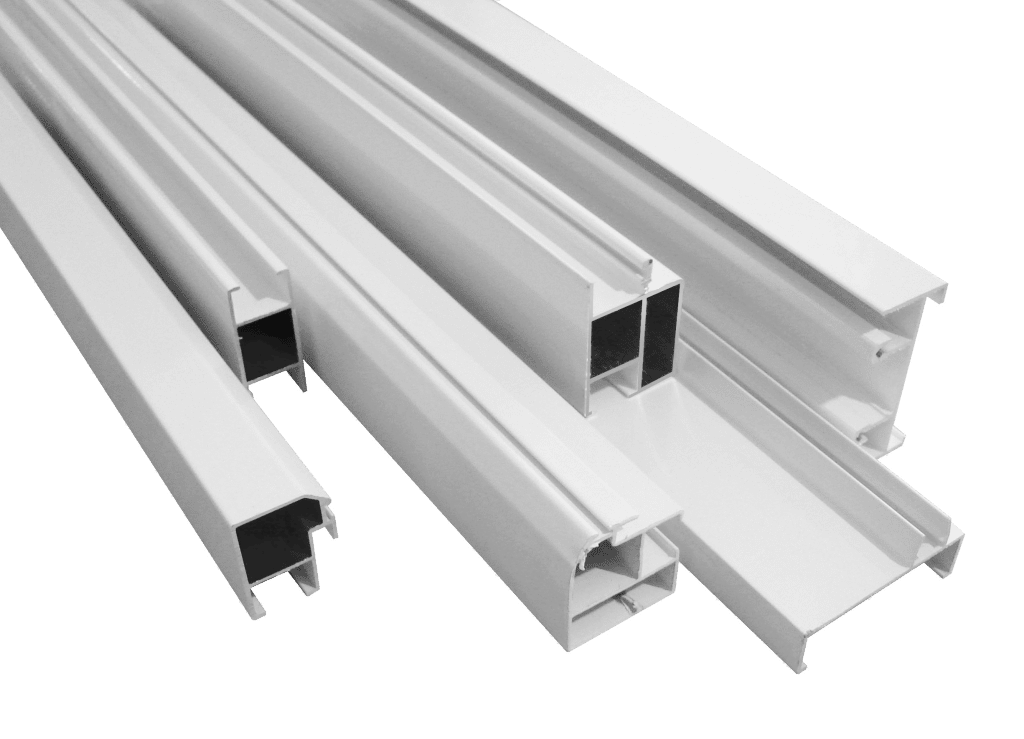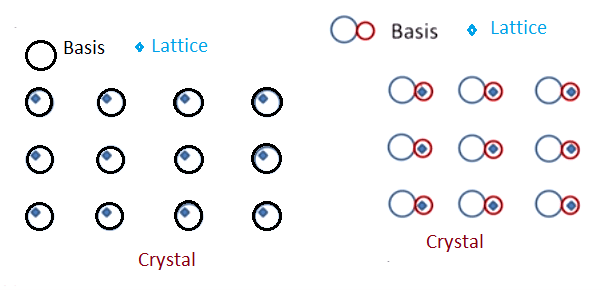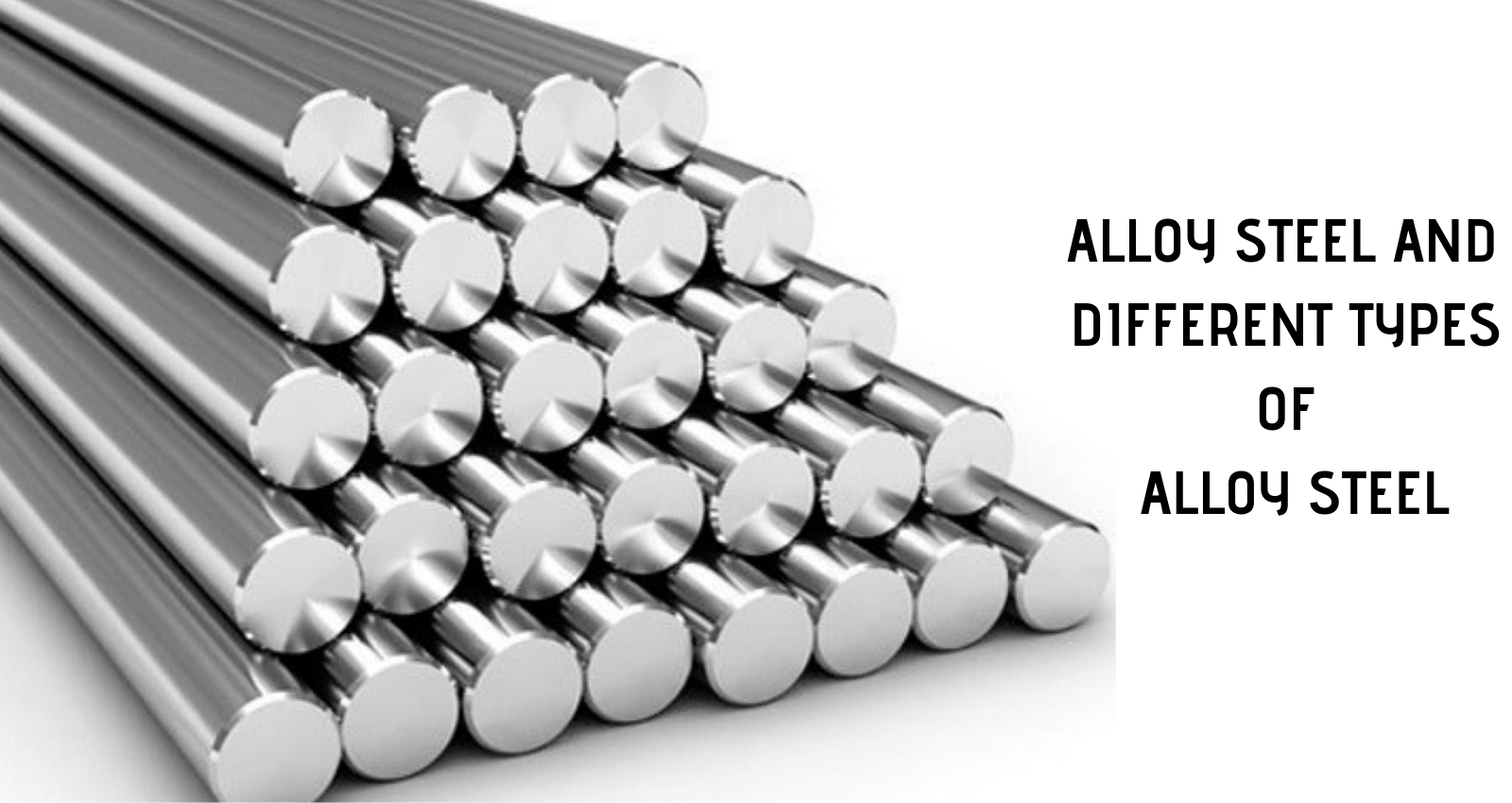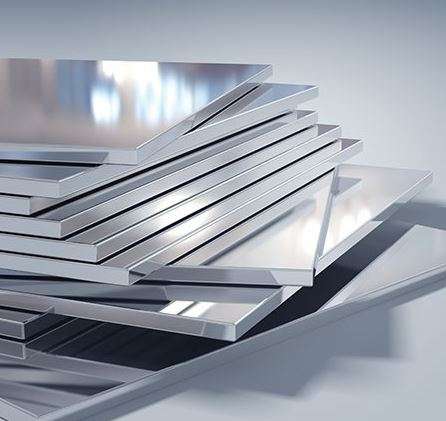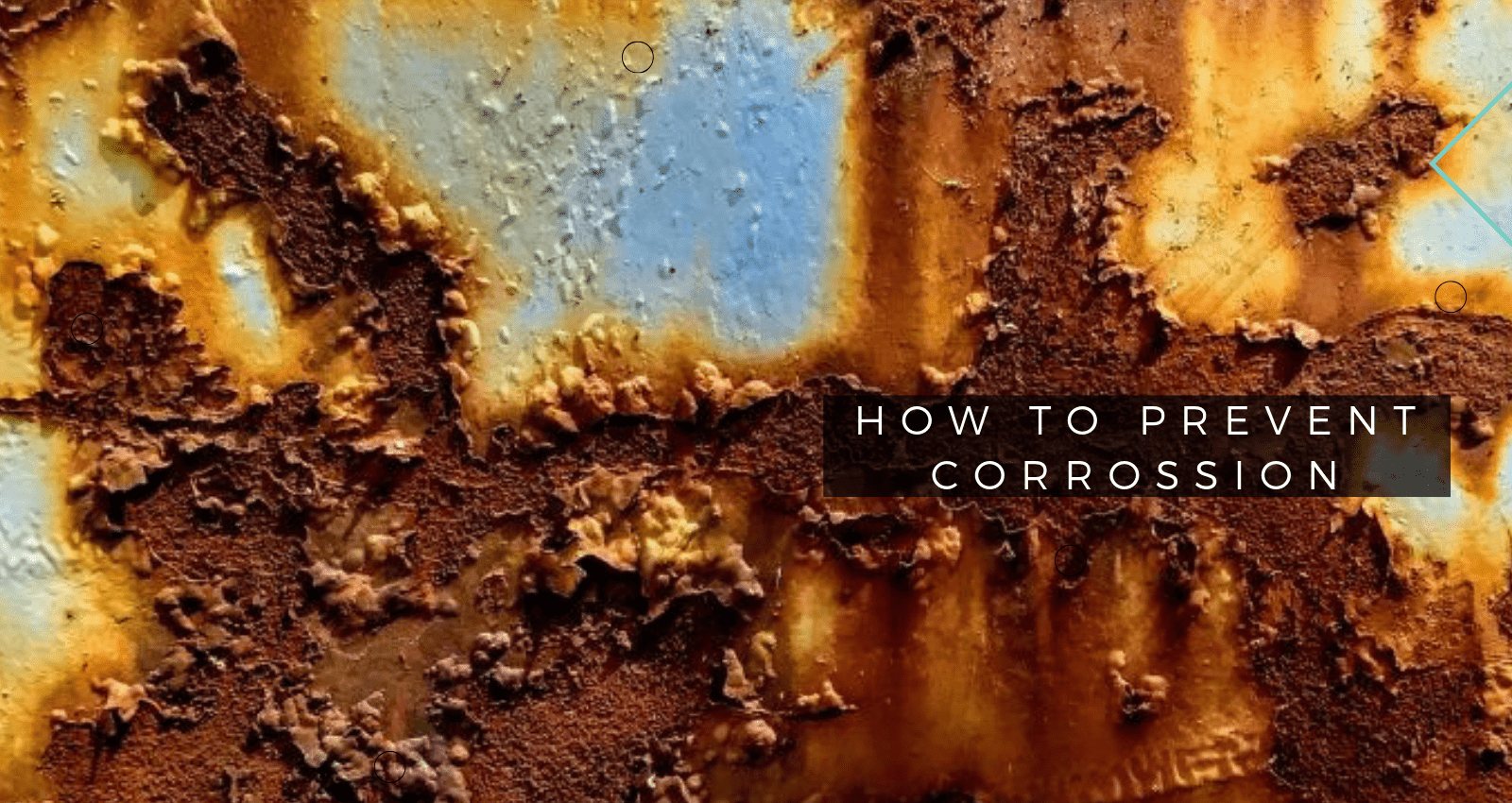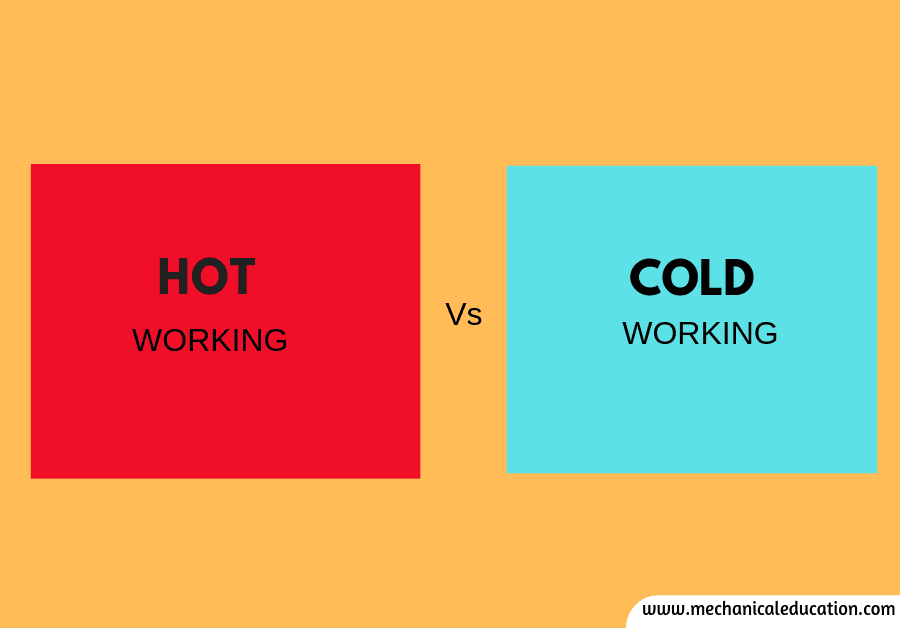Galvanize – Types of Galvanizing, properties, Benefits of Galvanizing
Galvanize – Types of Galvanizing, properties, Benefits of Galvanizing: What is Galvanize? Galvanizing is a coating that protects metal against corrosion. It also can improve the corrosion resistance of the base metal by giving it a layer of zinc. The galvanized coating serves as an additional barrier between steel’s exposed surfaces of steel during exposure …
Galvanize – Types of Galvanizing, properties, Benefits of Galvanizing Read More »
